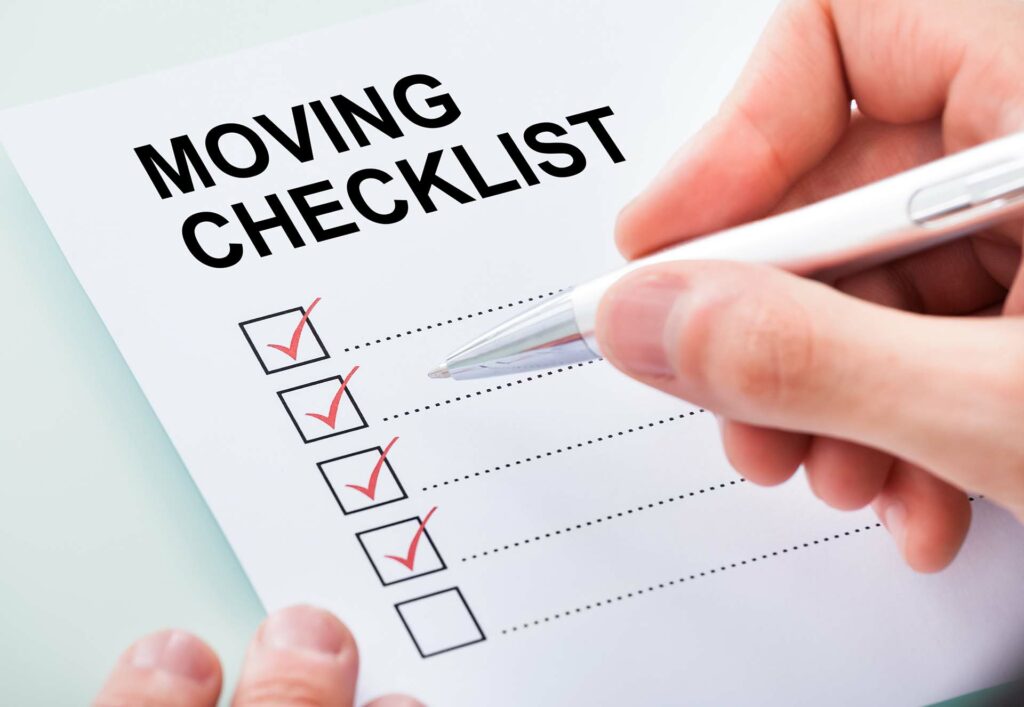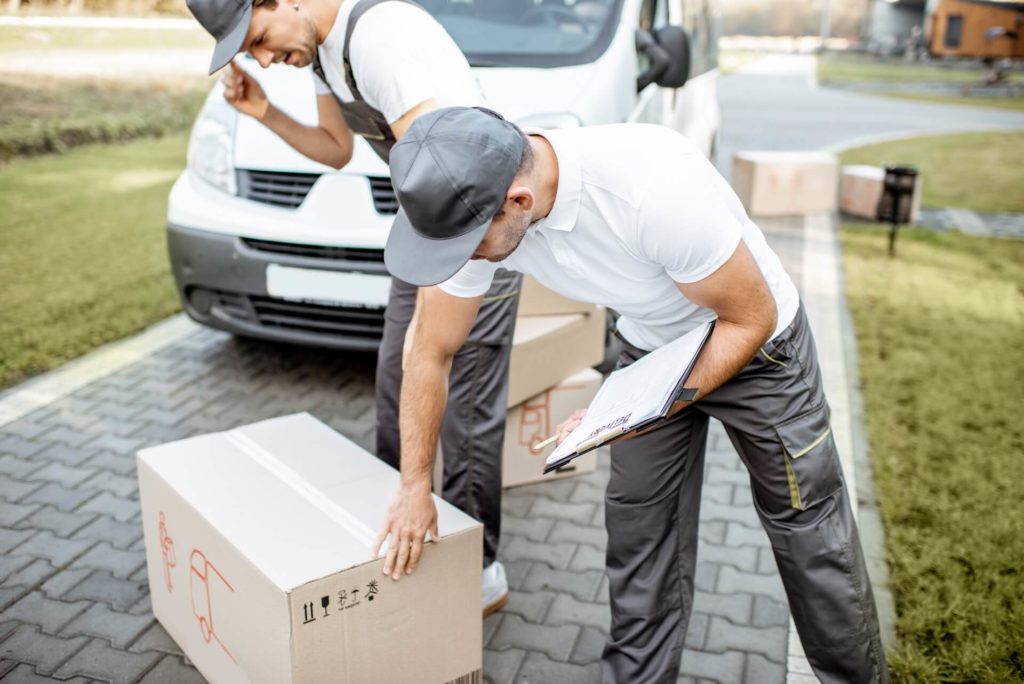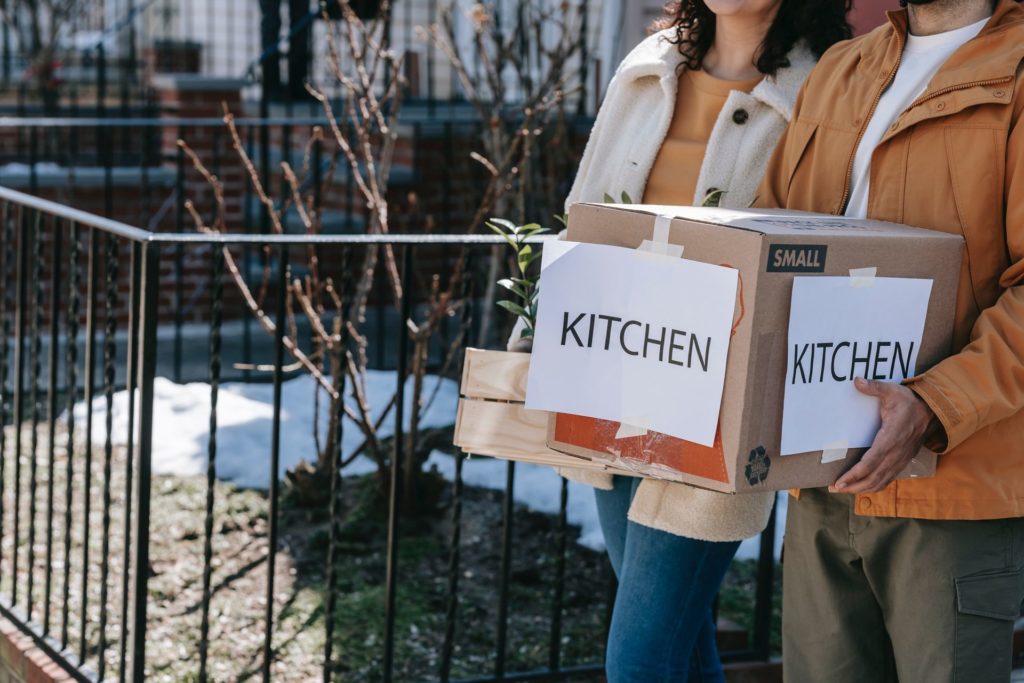What Should a Moving Checklist Contain?
A well-crafted moving checklist is the cornerstone of any successful relocation. When you plan a relocation, the checklist should encompass every phase of the process.


Our comprehensive moving checklist is here to ensure your journey is smooth and stress-free! Packed with essential tips and expert advice, this guide is a go-to resource for every step of the relocation process. From packing strategies to settling into the new home, we’ve covered it all with positivity and enthusiasm. Get ready to make the relocation not just successful but an enjoyable adventure too.
A well-crafted moving checklist is the cornerstone of any successful relocation. When you plan a relocation, the checklist should encompass every phase of the process.
All while ensuring a seamless transition. Start with a timeline, breaking down tasks week-by-week leading up to the move.
Include inventory lists for each room to keep track of belongings, packing material needs, and a system for labeling boxes.
Don’t forget to list important tasks like changing the address, transferring utilities, choosing a white glove moving company, and arranging transportation for your items.
A comprehensive checklist should also cover setting up new services at the destination and planning for moving day logistics.
When it comes to hiring long-distance movers, timing and thorough research are key. Ideally, start the search for a relocation company at least two months before the planned relocation. This gives you ample time to compare services, prices, and reviews, ensuring you find the right fit for your needs.
When evaluating potential companies, it’s crucial to ask movers important questions about their experience, insurance policies, and handling procedures, particularly concerning the safe transportation of valuables. Verify their licensing and check for any past complaints on the Better Business Bureau website to ensure credibility. And when it comes to transparency, as well as excellence of services, you can’t do better than Long Distance Movers.
This early and detailed approach not only secures a reliable moving service but also gives you peace of mind, knowing the possessions are in good hands. Marking this task off the move-out checklist well in advance avoids last-minute relocation rushes.

Doing a moving budget calculation should be one of the first items on the relocation checklist, ideally initiated as soon as you decide to relocate. Early budgeting allows you to estimate moving costs accurately and identify potential areas to save on relocation costs.
Start by getting quotes from several moving companies to gauge the average expense. Remember to factor in additional costs like packing supplies, insurance, and potential storage fees. It’s also wise to take into account hidden costs that often go overlooked, such as cleaning services, temporary accommodations, and travel expenses for yourself and your family.
By laying out these expenses early, you create a realistic relocation budget, which helps in managing finances more effectively throughout the relocation process.
Efficient packing techniques are crucial for a smooth moving process. Ideally, start organizing packaging to move at least one month before the date of the relocation. Begin with non-essential items and gradually move to daily-used items as the relocation day approaches.
Employ smart packing strategies like categorizing items by room, using sturdy boxes, and clearly labeling each box with its contents and designated room in the new home. You can also host a packing party with friends to make the process more enjoyable.
Decluttering for relocation is an excellent opportunity to downsize your belongings. Start by sorting through all you own and deciding what to keep, sell, donate, or discard. Ask yourself if each item is essential, frequently used, or holds significant sentimental value.
For items you choose to part with, consider selling them online or at a garage sale to recoup some costs. Donating to charitable organizations like Goodwill or The Salvation Army is also a noble and practical option for items in good condition. This process will lighten the load.
When packing fragile items and valuables, as well as heavy and large items, using the right materials and techniques is vital. Wrap fragile items individually in bubble wrap and secure them with packing paper to prevent movement and breakage.
For valuables, consider using specialty boxes or cases that provide extra protection. Heavy items should be placed in smaller boxes to make them manageable to lift, while large items might need to be disassembled.
Always distribute weight evenly and fill gaps in boxes with cushioning materials to prevent shifting. These strategies not only protect all belongings during transit but also help in efficiently utilizing space in relocation trucks and storage units.
As each box is packed, create a detailed inventory list – either on paper or with the help of a digital app – noting the contents and the room it belongs to. This step not only helps you keep track of all belongings but also aids in insurance claims in case of loss or damage. Use moving labels on each box, specifying the room destination and a brief description of the contents.
Color-coding labels by room can further streamline the process. For example, use blue labels for kitchen items and red for the living room. This method makes it easier to direct boxes to the correct room in the new home, significantly simplifying the task of unpacking after relocating. Mark boxes containing essential items with a distinctive label like “Open First.”

A week-by-week relocation timeline is an effective way to organize and manage the relocation process. This structured approach allows for allocating specific tasks to each week, ensuring nothing is overlooked.
Eight weeks before, focus on big decisions like researching new areas, preparing a home for sale, or considering whether to invest in white glove moving services for a hassle-free experience. As the timeline progresses, the focus shifts to more detailed tasks, ensuring a smooth transition into the new environment.
At the eight-week mark, the focus is on laying the groundwork for a successful relocation. This is the time to notify landlords, research schools in the new area, and start sorting belongings. It’s also a good opportunity to start preparing a home for sale or ending a rental lease. This phase is crucial for logistical planning and setting the stage for a streamlined process.
Four weeks prior marks a significant phase in the timeline. Begin by packing non-essential items and setting aside things that will be needed until the very end. It’s also the time to gather and organize important documents that will be needed immediately upon arrival, such as:
Updating the address for bank accounts, subscriptions, and government documents is also critical during this period.
The final week is crucial for wrapping up last-minute details. It’s the best time to pack for relocation all that was left unpacked, focusing on essentials that will be required immediately upon arrival. Double-check arrangements with the long-distance moving service, confirm travel plans, and ensure that everything is in order for the new home. This week is all about ensuring a seamless transition from one home to another, minimizing any potential disruptions.
As the relocation day approaches, preparing a relocation day essentials kit is a critical component of stress-free relocation strategies, especially when moving with children or pets. This kit should include items that are necessary for the first night in the new home, ensuring that basic needs are met even if unpacking isn’t immediate.
For families with children or pets, the kit should contain snacks, toys, and any necessary items to keep them comfortable and occupied. It’s also advisable to include important documents, medications, chargers, basic toiletries, and a change of clothes. Have these essentials easily accessible, and the relocation day can be navigated with greater ease.
Sit back and relax. We’ve got packing services covered. We use moving blankets, shrink wrap, bubble wrap, and even custom wooden crating. We will protect and carefully handle your stuff during the move.
Learn more Learn moreMove your car across the country in an open or enclosed trailer – for an affordable fee. We offer car transport as a standalone service, but you can bundle it with your household move and get a hefty discount.
Learn more Learn moreA well-prepared last-minute checklist is key to ensure nothing is forgotten during the final stages of relocation. Don’t underestimate the importance of upgrading and creating additional checklists. Perhaps the best way to keep these lists by your side is to have them on the phone. Here are the items that should be kept on the last-minute checklist:

Settling into a new home can be a seamless experience with the right post-move adjustments. Start by familiarizing yourself with the local area, such as finding the nearest grocery stores, medical facilities, and community centers. Prioritize setting up essential rooms first, like the bedroom and kitchen, to establish a sense of normalcy.
If possible, take a few days off work to unpack and arrange the new space without feeling rushed. Engage with neighbors and explore local community events to start building connections. Remember, adjusting to a new environment takes time, so be patient with yourself and your family during this transition.
Unpacking and organizing after a move can be managed efficiently with a strategic approach. First, ensure that all boxes are placed in their corresponding rooms as labeled. Begin by unpacking essentials such as bedding, toiletries, and basic kitchen items. Gradually move on to less essential items, unpacking one room at a time to avoid feeling overwhelmed.
Create a comfortable and functional space first, then focus on decorating and personalizing the home. To maintain order, break down and recycle packing materials as you go. Setting achievable daily or weekly goals for unpacking can also help keep the process manageable. Remember, the goal is not just to unpack but to create a living space that feels like home.

The journey of relocating, especially over long distances, can be significantly simplified with the assistance of experienced movers. Opting for long-distance moving services ensures that every aspect of the relocation process, from packing to transportation, is handled with professionalism and care. White glove movers, in particular, provide an elevated level of service, taking meticulous care of your belongings and offering personalized solutions for unique relocation challenges.
These experts bring a wealth of experience and resources, turning what can be a stressful endeavor into a smooth and hassle-free experience. For those seeking expert assistance in their relocation as well as packing services, Long Distance Movers can be a game-changer. So, contact us and get everything done in record time.
Initiating the planning process at least two to three months in advance is advisable. This time frame allows for thorough research on relocation services, adequate preparation for logistical needs, and dealing with any unforeseen challenges that might arise.
Often overlooked are items like chargers, prescription medications, important documents, spare keys, and items stored in seldom-used spaces like attics or basements. It’s also common to forget about notifying service providers and updating addresses for subscriptions and official correspondence.
Ensuring pets are comfortable and safe involves several steps. First, visit a veterinarian for a check-up and obtain necessary health records. During the journey, keep pets in a well-ventilated, secure carrier with familiar blankets or toys. Also, plan for regular stops for exercise and hydration, and ensure the new environment is pet-friendly and secure.
Preparation is key to minimizing stress. This includes having a clear plan for the day, ensuring essential items are easily accessible, and taking breaks when needed. Emotional well-being is also crucial, so maintaining a positive outlook and staying hydrated and nourished throughout the day is important.
Choosing a reputable relocation company with positive reviews and a track record of reliability is essential. Using proper packing materials and techniques, especially for fragile or valuable objects, helps prevent damage. Additionally, considering insurance options for valuable belongings provides an extra layer of security.